By Ace Vincent
| Published
The game industry is well known for its sporadic propensity to release items before they are completely developed. A small number of incomplete games have survived their difficult beginnings to become cherished mainstays of gaming culture, while many more fall into obscurity. In spite of—or occasionally because of—their flaws, these titles frequently attracted fervent fan bases.
Here is a list of 15 video games that launched in incomplete states yet managed to evolve into cult classics that gamers continue to celebrate years after their troubled debuts.
Vampire: The Masquerade – Bloodlines

Released in 2004 with numerous bugs and incomplete features, this vampire RPG was a commercial failure that nearly bankrupted developer Troika Games. The incredible writing, atmospheric world-building, and branching narrative resonated with players who looked past its technical shortcomings.
Fan-made patches have kept the game alive for nearly two decades, cementing its status as one of the most influential RPGs ever made.
No Man’s Sky
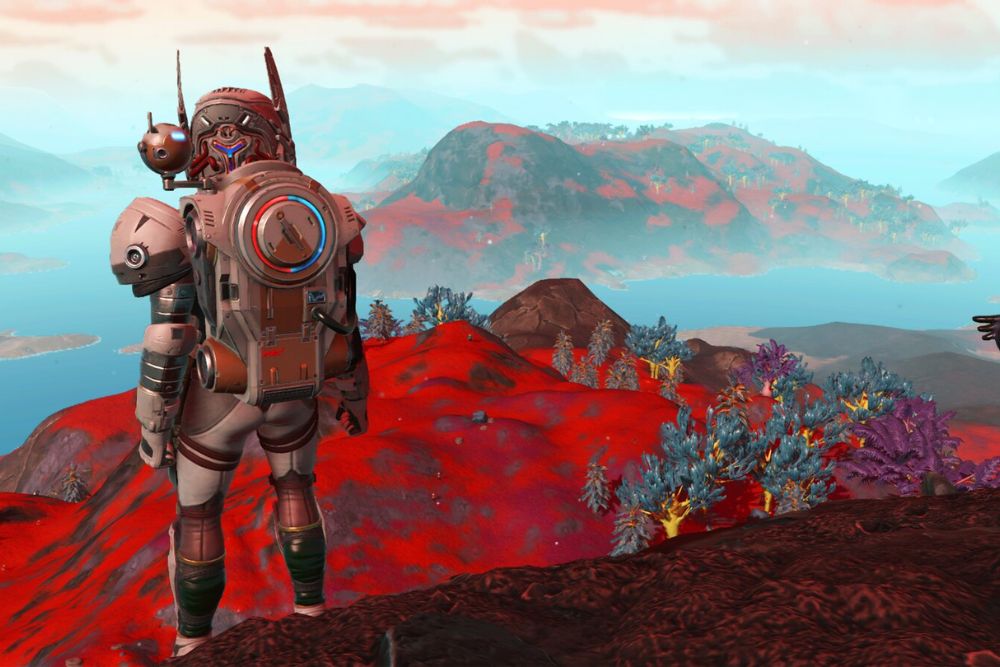
Launched in 2016, Hello Games’ space exploration game disappointed many when they found some promised elements lacking. The little development team kept going and provided years of free upgrades that changed the game into something far more than its original concept.
From a warning message about overhyped marketing, it transformed into an inspiring comeback narrative about commitment and player confidence.
Like Go2Tutors’s content? Follow us on MSN.
STALKER: Shadow of Chernobyl
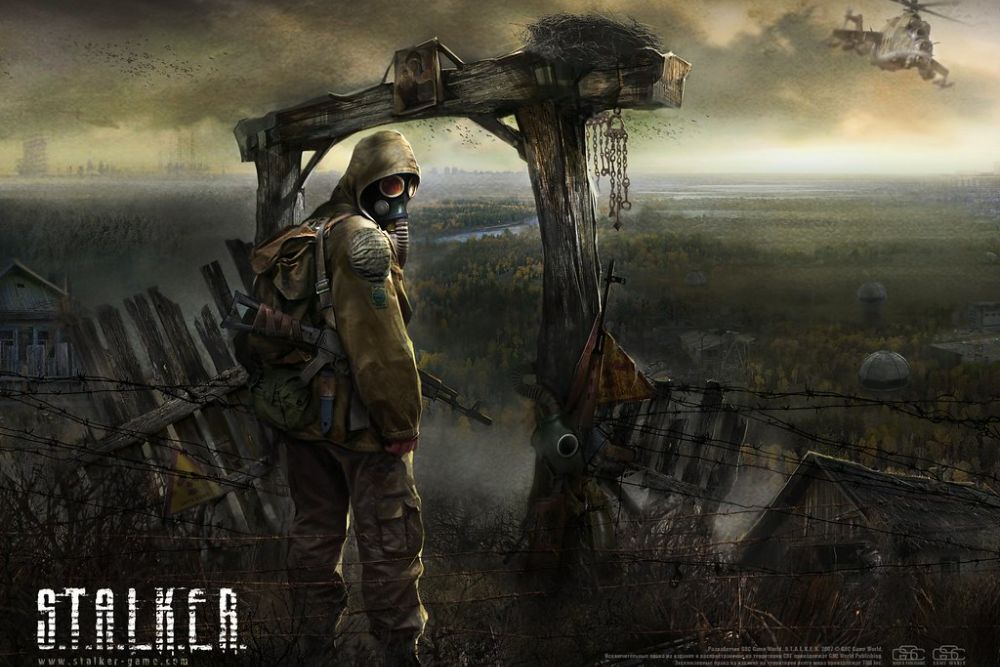
This Ukrainian-developed post-apocalyptic shooter spent nearly seven years in development hell before releasing in 2007 with numerous cut features. Despite its technical issues, the game’s unforgiving gameplay, eerie atmosphere, and dynamic A-Life system captured players’ imaginations.
The game spawned two sequels and influenced an entire generation of survival games with its unique blend of horror and realism.
Deadly Premonition
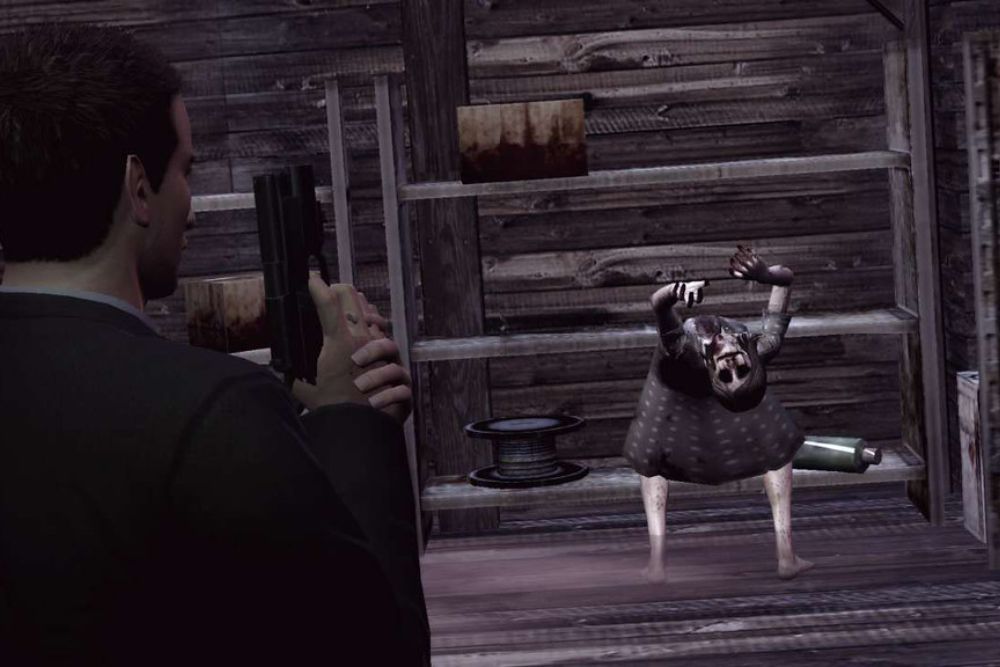
Surreal open-world horror game director SWERY65’s game was paired with dated graphics, clunky controls, and surreal pacing issues. But beneath these issues was a surreal murder mystery with genuinely lovable characters and strangely off-kilter storytelling.
Its polarizing element—receiving perfect scores as well as horrible reviews—made it the video game equivalent of a ‘so bad it’s good’ cult movie.
Pathologic
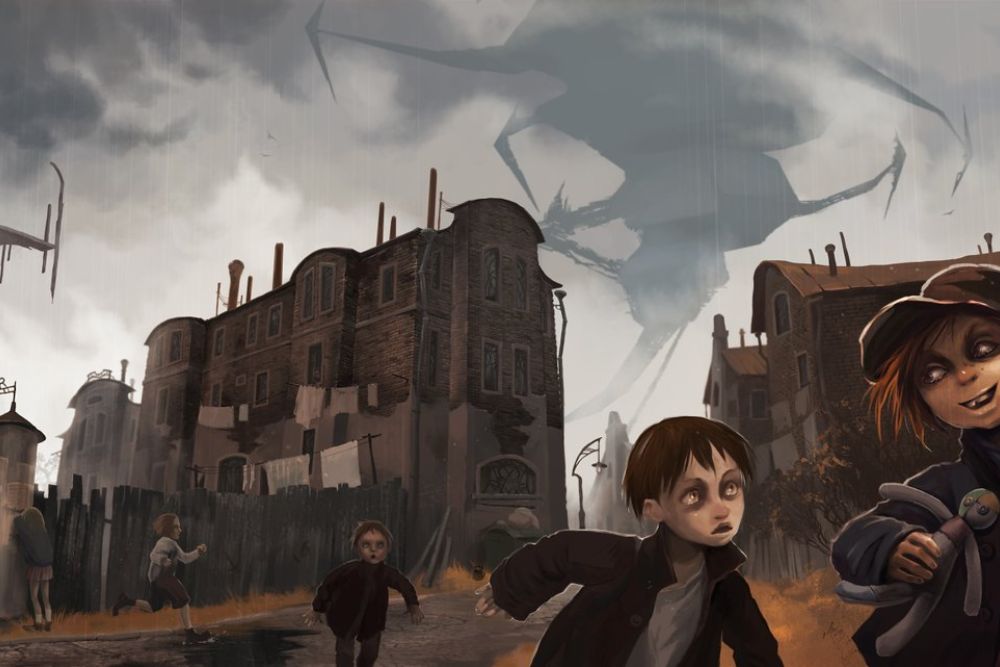
This Russian psychological horror game was released internationally in 2005 with a notoriously poor translation and punishing gameplay systems. The deeply philosophical narrative about a plague-ridden town became legendary among players willing to endure its difficulties.
Its unflinching examination of morality, suffering, and human nature earned it a dedicated following that celebrated its artistic vision despite its substantial flaws.
Like Go2Tutors’s content? Follow us on MSN.
Drakengard

This action RPG developed by Yoko Taro featured repetitive gameplay and technical issues, but its increasingly disturbing narrative and taboo themes made it impossible to forget. The game’s fifth ending—nearly impossible to reach—led to the creation of Nier, another cult classic that eventually achieved mainstream success.
Drakengard’s willingness to subvert player expectations and embrace uncomfortable storytelling elements earned it an intensely loyal following.
Kingdoms of Amalur: Reckoning
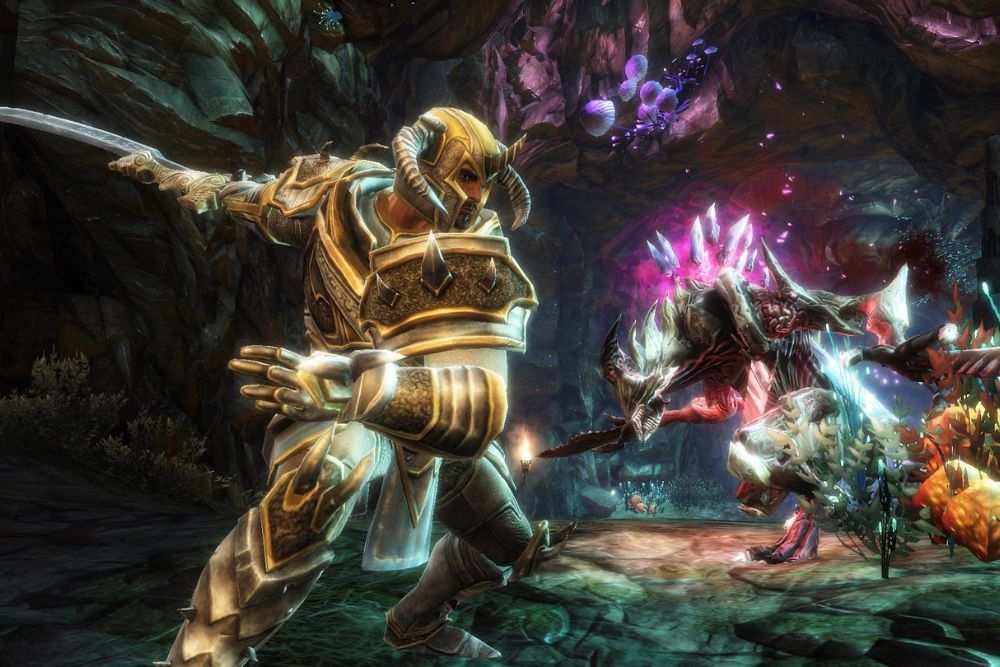
Released amid the bankruptcy of 38 Studios, this ambitious RPG showed incredible promise despite feeling unfinished in many areas. The fluid combat system and rich world-building captured players’ imaginations even as the game’s development drama unfolded in real-time.
Years later, a remaster gave this flawed gem a second chance at finding the audience it deserved.
Alpha Protocol

Obsidian Entertainment’s espionage RPG launched with numerous bugs and inconsistent production values. Despite these issues, its innovative dialogue system and genuinely consequential player choices created an experience where every playthrough felt unique.
The game’s reactive storytelling was years ahead of its time, influencing future RPGs while maintaining a dedicated fan base who appreciated its ambitious scope.
Like Go2Tutors’s content? Follow us on MSN.
Nier
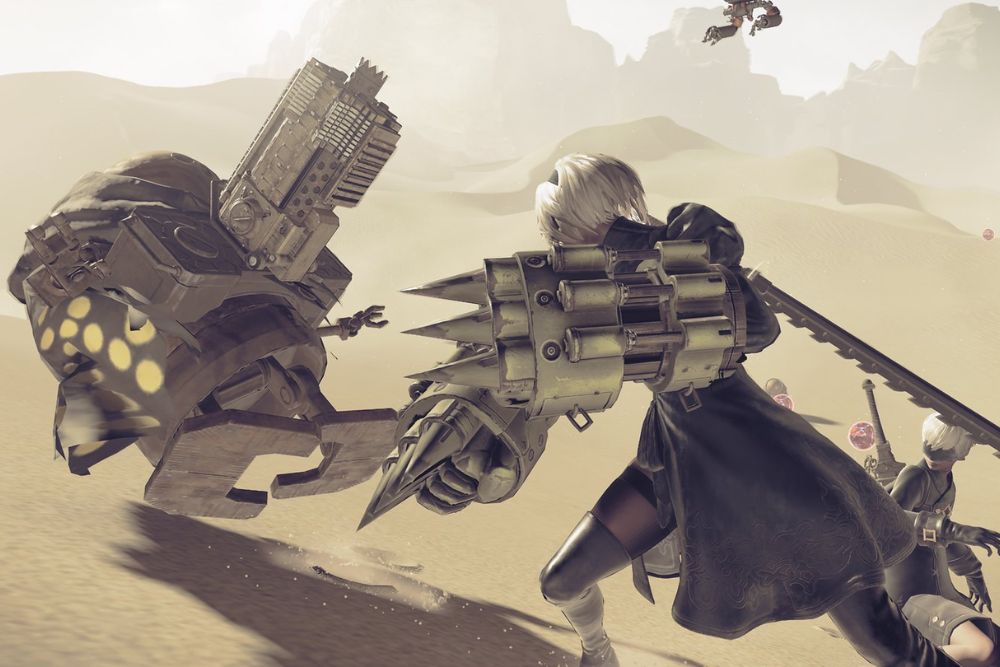
The original Nier released in 2010 with dated graphics, repetitive gameplay, and a slow-paced opening that turned many players away. Those who persisted discovered a masterfully crafted story requiring multiple playthroughs to fully appreciate.
The game’s unforgettable characters, philosophical questions, and revolutionary approach to narrative structure influenced countless games that followed, ultimately leading to the critically acclaimed sequel Nier: Automata.
Fallout: New Vegas
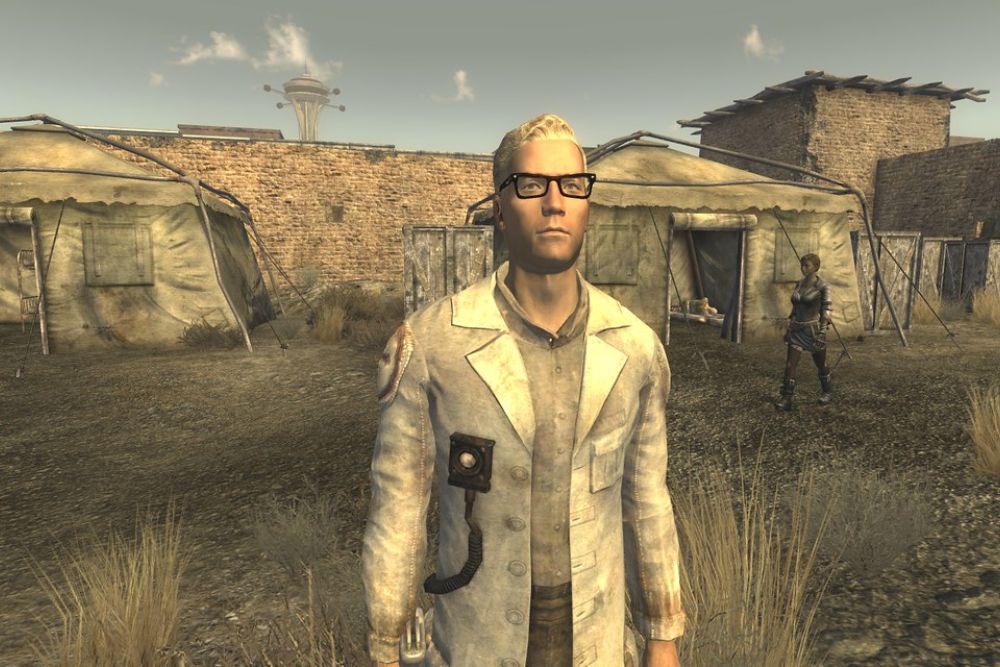
Obsidian Entertainment’s spin-off in the Fallout universe launched with infamous bugs and stability issues due to an accelerated development schedule. Beyond these technical problems lay perhaps the most impressive post-apocalyptic RPG ever created, featuring intricate faction systems and meaningful player agency.
Despite its flaws, it’s now widely considered the pinnacle of modern Fallout games, with fans still creating mods and content for it over a decade later.
Gothic
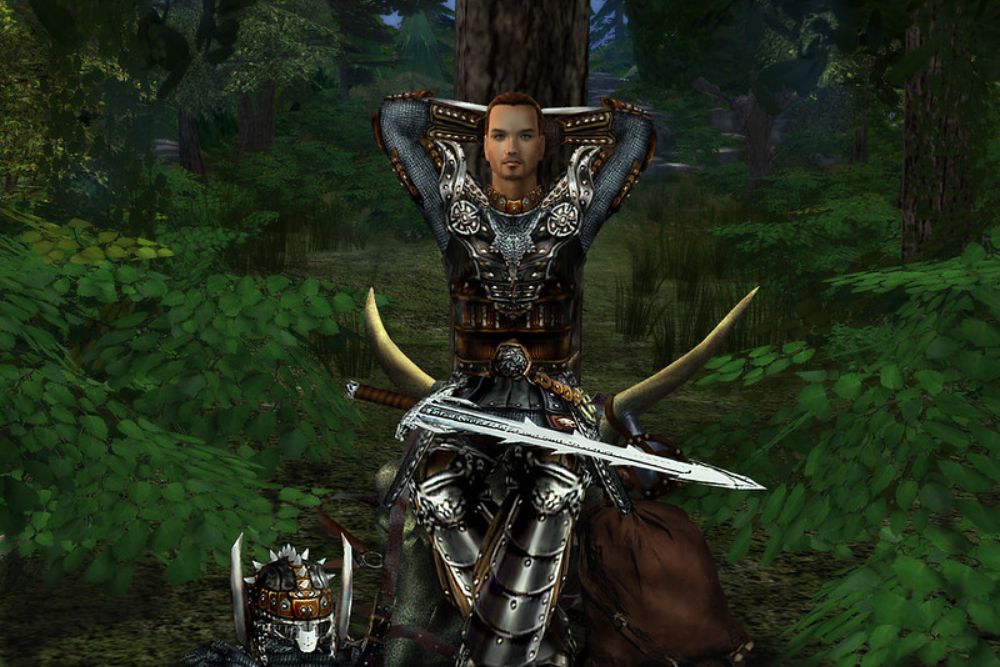
This European RPG was released in 2001 with a notoriously unintuitive control scheme and numerous technical issues. Players who mastered its quirks discovered an immersive world with a unique sense of progression and environmental storytelling.
Its influence on open-world design and player freedom can be seen in countless modern RPGs, making it a foundational text in gaming history despite its rough edges.
Like Go2Tutors’s content? Follow us on MSN.
Planescape: Torment
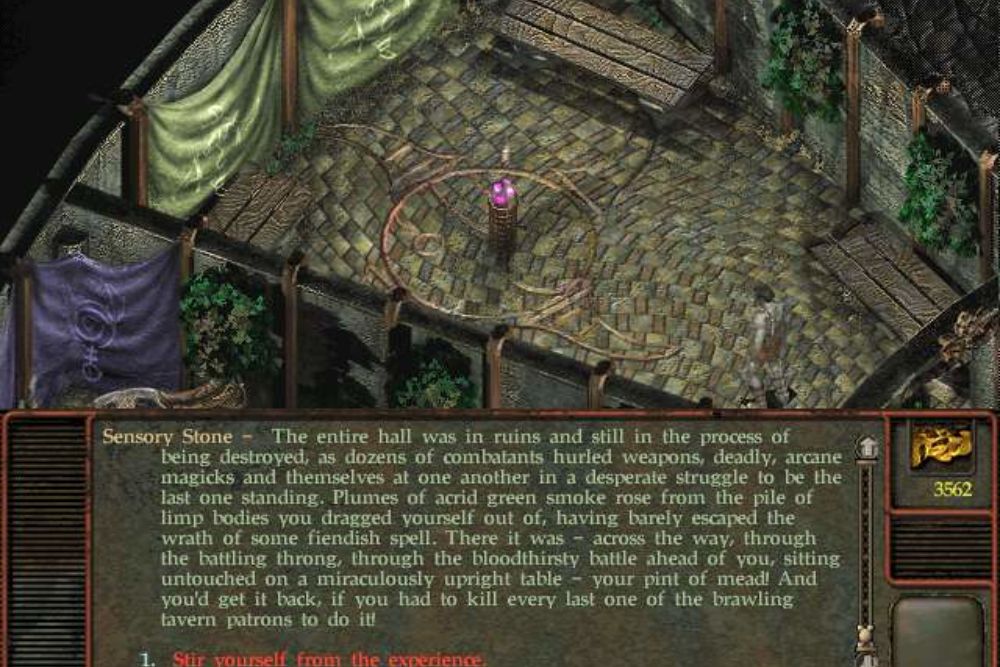
Black Isle Studios’ philosophical RPG launched with multiple bugs and unfinished elements due to publisher pressure. The game’s extraordinary writing, complex characters, and thought-provoking themes compensated for these flaws, creating an experience unlike anything else in gaming.
Its focus on narrative over combat and willingness to tackle existential questions made it the definitive example of games as a storytelling medium.
Arcanum: Of Steamworks and Magick Obscura

This ambitious RPG blending steampunk and fantasy elements suffered from numerous technical issues at launch. The game’s incredibly detailed world, complex character creation system, and meaningful player choices created a uniquely immersive experience.
Its dedication to player freedom and reactive storytelling established it as a hidden gem for RPG enthusiasts seeking depth beyond technical polish.
E.Y.E.: Divine Cybermancy

This indie first-person shooter/RPG hybrid launched with bewildering mechanics and an impenetrable user interface. Beneath these obstacles lay a remarkably ambitious cyberpunk experience with incredible atmosphere and philosophical depth.
The game’s dedication to player freedom and unique vision has earned it a dedicated following that appreciates its uncompromising approach to game design.
Like Go2Tutors’s content? Follow us on MSN.
Spec Ops: The Line
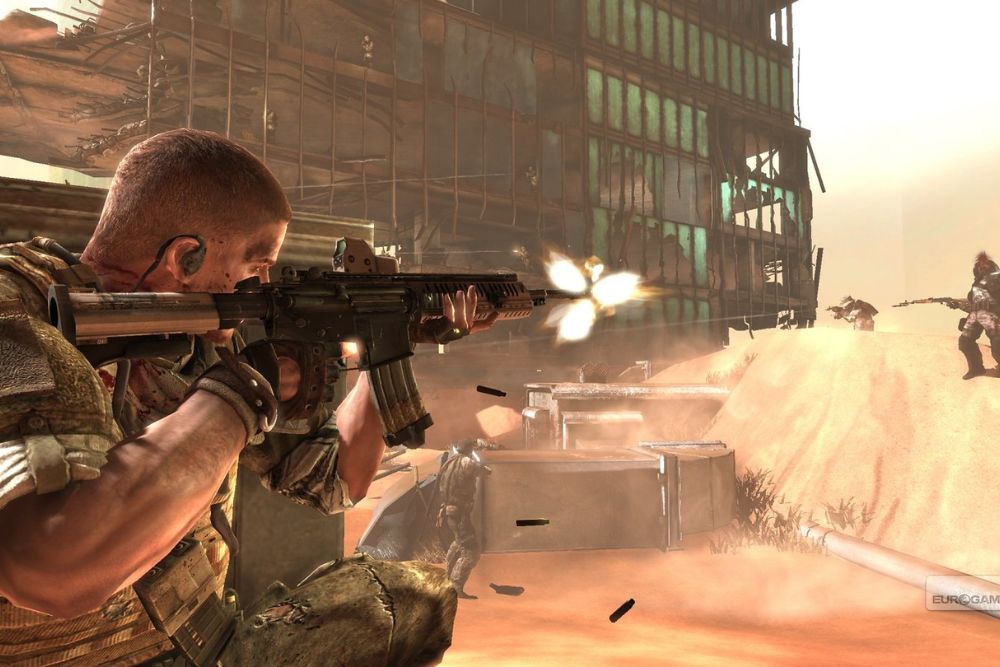
While mechanically sound, this third-person shooter initially appeared as a generic military game until players discovered its incomplete marketing told only half the story. Its devastating critique of military shooters and player complicity in virtual violence created a substantial cognitive dissonance.
The game’s willingness to confront players with uncomfortable truths about their enjoyment of digital violence earned it lasting respect among those seeking meaningful narrative experiences.
Beyond Technical Flaws: Art Through Imperfection

More than just problematic development cycles, these fifteen games serve as examples of how fervent communities can honor and cherish creative work, even when it manifests itself in flawed forms. Each title provided something distinct that was unavailable elsewhere, demonstrating that true invention frequently has flaws.
These games’ lasting influence serves as a reminder that, although technical refinement is crucial, it’s not necessarily the deciding element in producing experiences that have a profound impact on players and shape gaming culture for years to come.
More from Go2Tutors!

Like Go2Tutors’s content? Follow us on MSN.











